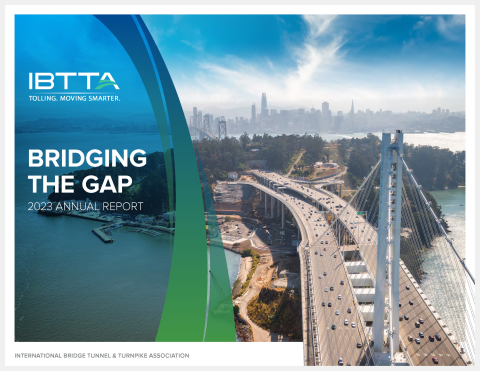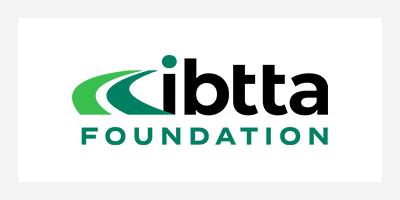- Home
- Study Shows How Truckers Can Gain From Interstate Tolling
Stories
Study Shows How Truckers Can Gain from Interstate Tolling


One of the biggest, most important users of the interstate highway system may have to reconsider and reset some long-held assumptions as a result of an independent study released earlier this month by the Reason Foundation.
The user group is the trucking industry, an industry that uses tolled facilities quite heavily. The study points toward a user financing strategy for interstate highway reconstruction in a way that addresses truckers’ long-held concerns about tolling—and, ultimately, gives them the mobility, efficiency, and safety they need.
“Of all highway users, the trucking industry has the most at stake in ensuring a solid future for the Interstate highway system,” writes Reason’s director of transportation policy, Robert Poole, in a July 22 blog post. “Together with the other principal routes that comprise the National Highway System, the 47,000 miles of Interstate are trucking companies’ primary arteries of commerce.”
Mobility Matters
The national association for the trucking industry objects to interstate tolling, despite the obvious benefits to drivers, freight companies, their customers, and the economy as a whole. As Poole notes, “a modernized, second-generation Interstate system featuring new pavement, redesigned interchanges, lane expansions, and dedicated truck lanes would reduce congestion, lower truckers’ fuel consumption per ton-mile, enable drivers to haul more freight, and practically eliminate collisions between trucks and cars.”
But the key to a workable system, the study finds, is the kind of modern, all-electronic tolling system that many IBTTA member agencies have worked so hard to introduce over the last several years. Reason goes through all the basics that would make AET acceptable to truckers—confidentiality, predictable rates, cost-competitiveness, value for money, and the ability to pass added costs on to customers—and looks at how each of those concerns could be addressed.
If You Build It, They Will Come
In fact, the solution is already being built, with the American Trucking Associations’ blessing. Two existing tolling agencies, both endorsed by the ATA, “provide consolidated toll collection and billing services for trucks that pay tolls electronically via the 15-state E-ZPass system,” the study notes. A trucker who joins the Bestpass or PrePass Plus program “needs only a single transponder to pay tolls electronically in all 15 of those states.”
A Promise to Deliver
In an echo of the Interstate 2.0 study Reason released in 2013, the report calls for enabling legislation at both the state and federal levels to guarantee a tolling system in which:
- Revenues are only used on newly-tolled roads
- Tolling rates are just sufficient to cover capital and operating costs on the tolled facilities
- Tolling only begins when a road opens
- Tolls are used instead of state gas taxes, not to supplement them.
“Congress could include these revisions to the pilot program in the current bill to reauthorize the federal highway and transit program,” Poole writes. “Highway user groups, including trucking organizations, should join with auto clubs in supporting such revisions.”
IBTTA works with a wide range of partners to build support for a more effective highway funding strategy. Check out the association’s Moving America Forward campaign for more information.

Joining IBTTA connects you to a global community of transportation professionals, offering unmatched opportunities for networking, knowledge-sharing, and collaborative innovation in the tolling and transportation sector.
Follow IBTTA on social media for real-time updates on transportation trends and collaborative opportunities.





